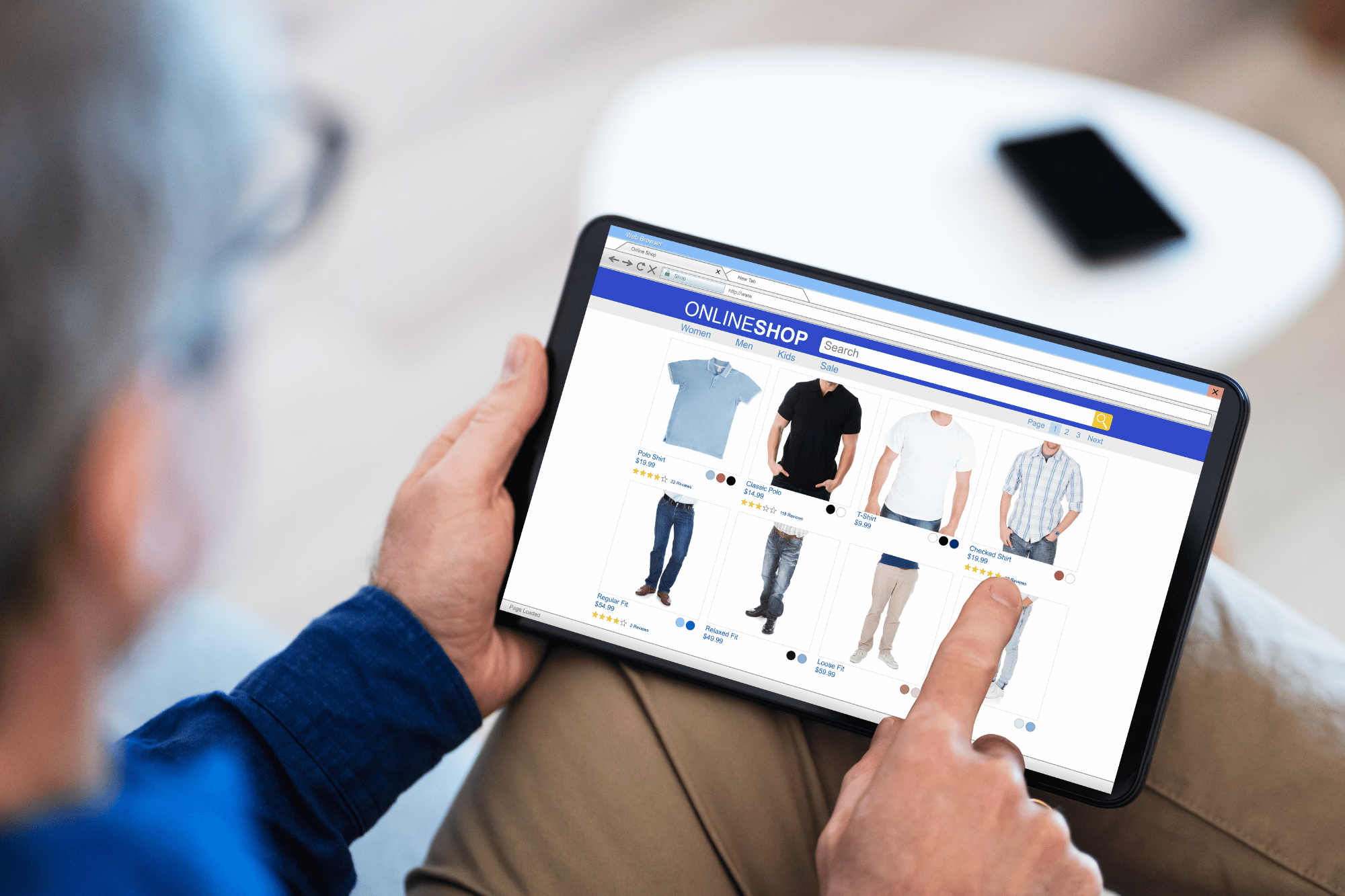How Does a Fulfillment Company Handle Back Orders?
Recently I took an hour and a half trip to my nearest IKEA with the intent of buying a few large furniture items for a new house. I asked a friend to borrow their truck, took the trek in the pouring rain, made my way into IKEA, and took pictures of every single piece of furniture that caught my eye. I was ready and willing to buy.
“I’m sorry, we’re out of that dining table.”
“We’re out of that armchair.”
“Those dining chairs are back-ordered.”
These are the answers I received when it was time to buy over $1,000 worth of furniture. I had the money, I had the intent, but IKEA didn’t have the inventory. I wasn’t just disappointed; I was a little angry that I’d made the special trip only to find a store full of display furniture but no actual furniture that you could pay for! When I got home, I did a little Googling and opened the can of worms that is the ongoing IKEA supply chain fiasco. To put it simply, if a well-loved, international brand like IKEA can have massive issues with backorder fulfillment, then so can your much smaller business. However, there are ways to gracefully deal with backorders and retain your customers.
Back Orders Can Sting
When you’re the little guy, you often have little control of whether an item is back-ordered or not. The supply chain for certain items, or for the entire product you sell, can extend well beyond your door. Thanks to the pandemic’s effect on China’s manufacturing, most, if not all, sectors are feeling the back order sting.
While it may be unavoidable to get stuck in the ongoing supply chain traffic jam, you can at the very least rest easy knowing that you’re not the only one. Moreover, you can deal with it proactively, and keep your customers, even if you can’t deliver (yet.) Let’s go over some best practices when dealing with backorders.
Try Not to Over Compensate (the Bullwhip Effect)
Anyone in the supply chain industry can tell you about the bullwhip effect. Have you ever gotten into a hot car, cranked the AC, then minutes later, you were too cold? We tend to overcompensate in the face of discomfort. Supply chain issues are no different; if you can’t get your hands on something, you may be inclined to over-order when it does become available. However, in a supply chain, this ripples down the supply chain and rolls, like a snowball, getting larger and larger as different levels of the chain add their own demand to the pile. Soon enough, a small issue of supply and demand becomes a massive snarl.
The Chartered Institute of Procurement & Supply (CIPS) defines the bullwhip effect like this:
“The bullwhip effect (also known as the Forrester effect) is defined as the demand distortion that travels upstream in the supply chain from the retailer through to the wholesaler and manufacturer due to the variance of orders which may be larger than that of sales.”
To put it simply, if you kink the hose, more water than you want will come out once that kink has been cleared. With that said, the bullwhip effect is a byproduct of making rash decisions in the middle of a panic. As the seller, you can avoid this supply chain cause-and-effect by managing your inventory strategically from the start by using management software or using a Third-Party Logistics Service (3PL).
Back Order Best Practices
You will inevitably face a situation where an item your customer wants is on backorder. While it might hurt to not be able to serve that demand, you can still take control of the situation and turn it into a positive experience that retains your shoppers.
Transparency
I felt betrayed by IKEA because I wandered through their showroom for 2 hours without anyone telling me that much of their larger furniture was completely out of stock. I wrote down names, took measurements, and snapped photos of items. By the time I was at the end of my journey, I had already pretty much taken for granted that I’d be taking those items home. Imagine my shock when that wasn’t the case.
As a business owner, it’s your job to communicate with your customers. Communication is easy when you have nothing but good things to say. However, you can’t simply shut down when you have disappointing news. You need to be transparent and set expectations as quickly as possible or you’ll risk a hit to your credibility. Providing a sincere, personal response will put your customers at ease.
Metrics-Based Inventory Fulfillment & Management
If you invest in data-driven inventory management, then you may be able to hold onto supply even in the middle of a shortage. Today, inventory software is innovative, with algorithms that truly understand your shoppers. It can order what it needs and can weather a shortage. However, understanding how to use this data to an expert level can take a lot of time.
Hire a Professional
A third-party logistics company (3PL) can just as easily manage your inventory. The biggest difference is that logistics is their only job. With that said, a credible 3PL can help you with what and when to order.
If you allow a professional third party to manage your inventory logistics it frees you up for other tasks. Not to mention, a 3PL worth its salt will have insight into the supply chain that you might not. Moreover, they have the contracts and relationships that could be the difference between being left high and dry during a shortage and having stock on an item that is suddenly very in-demand.
Backorders Aren’t Ideal, But There is a Silver Lining
As a business owner, you have probably come to appreciate that every challenge brings with it a potential for opportunity. Rather than feel beaten by supply chain problems, try to find the silver lining.
You Know Your Demand
There is no easier way to understand your demand than to look at your backorders and see exactly how much of something you need to order to fulfill those customer orders. Backorders are pretty straightforward at the end of the day. If you take a look at those needs, you can get a better appreciation of the overall demand for that product and prepare better next time around.
You Learn & Grow
Supply chain headaches require you to dive into that part of your business. Whether you solve the problem yourself or enlist the help of a 3PL, you can’t help but leave the experience with a better appreciation of supply chain logistics.
The “school of hard knocks” is one of the best teachers. If you persist, you’ll find yourself growing more and more comfortable with that part of the business. It might even give you the courage to finally request quotes from a few credible 3PLs that can take logistics entirely off your plate; they can dedicate more of their time, they have more sophisticated tools, and they have a dedicated workforce.
Interested in how Bluegrass can help?
See what we can do.
You may also like...



